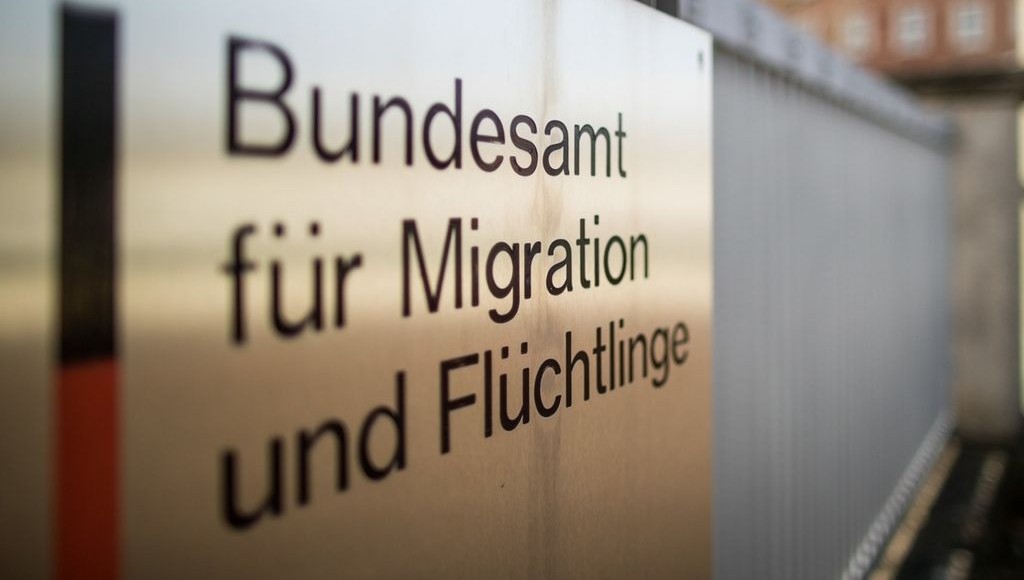The number of Turkish citizens who have filed for asylum in the EU countries, Switzerland and Norway has increased significantly over the past year, but there has been a noticeable decline in the number of Turks who were granted asylum, according to data from the European Union Agency for Asylum (EUAA).
“The Turkish recognition rate, which increased between 2016 and 2019, has since been on a steady decline, plunging from 54% in 2019 to 28% in the first half of 2023,” EUAA said, referring to the increase in the number of rejections of asylum applications filed by Turkish citizens.
Asylum applications lodged by Turks in the first half of 2023 in the EU countries, Switzerland and Norway made up 7 percent of all applications filed in these countries, with 34,025 people.
The approval rate for asylum applications filed by Turkish citizens in May 2022 was 41 percent, which fell to 27 percent in May 2023 when 5,400 Turks filed asylum applications. The applications filed by Turks in May 2023 increased by more than half when compared to the May 2022 figures. Turkish citizens filed most of the asylum applications in Germany, where there is already a Turkish diaspora of more than 3 million.
According to data from the German Federal Office for Migration and Refugees (BAMF) last month, there was a 203 percent increase in the number of asylum applications from Turkish citizens filed in Germany in the first seven months of 2023 compared to the same period last year.
Since a failed coup in 2016 that led to a widespread crackdown on dissent by the Turkish government, the number of Turkish nationals seeking asylum in Germany and other Western European countries has seen a significant increase.
An ongoing economic crisis in the country caused by skyrocketing inflation, which stands at close to 60 percent, and the constant depreciation of the Turkish lira is also prompting some Turks to seek ways to leave the country for a better life in Europe.
EUAA statistics also showed the total number of people lodging asylum applications in the EU countries, Switzerland and Norway jumped by 28 percent in the first half of this year compared to the same period last year.
Between January and the end of June this year, there were 519,000 such requests made in these countries.
That puts the EU on track to receive more than 1 million asylum-seekers this year — the biggest number since 2015-2016, when it saw a huge influx, mainly Syrians fleeing the war in their country.
In 2015, the bloc received 1.35 million asylum requests, then in 2016 there were 1.25 million more applications.
Numbers dropped in 2017 after the EU negotiated a deal with Turkey to have it clamp down on irregular border crossings and during the height of the Covid pandemic in 2020 and 2021, when travel restrictions were in place.
Numbers have since rebounded, with 2022 seeing a 53 percent rise in applications, putting many EU countries “under pressure,” the EUAA said.
Accommodation and support is already stretched thin in many cases as several EU countries are hosting 4 million Ukrainian refugees who benefit from a protection status separate from asylum because of Russia’s war on their country.
Syrians and Afghans account for nearly a quarter of asylum applications received so far this year.
The next main nationalities seeking protection in Europe are those from Venezuela, Turkey, Colombia, Bangladesh and Pakistan.
Germany, which took in most of the Syrian refugees in 2015-2016, continues to be the top EU destination for asylum-seekers, principally those from Syria and Afghanistan.
Germany received 62 percent of all asylum applications by Syrians in the EU in the first half of 2023.
Spain was the main destination for Venezuelan asylum-seekers, who tended to be granted humanitarian visas rather than asylum status where their cases warranted protection.
Overall, 41 percent of applicants received either refugee status or another form of protection allowing them to stay, but there were very different outcomes associated with different nationalities.
Syrians and Afghans, with conflict and repression at home, were more likely to get such status, while Turks were more likely to be rejected.
The EUAA said the number of Russians and Iranians being granted protection in Europe has increased compared to recent previous years.

